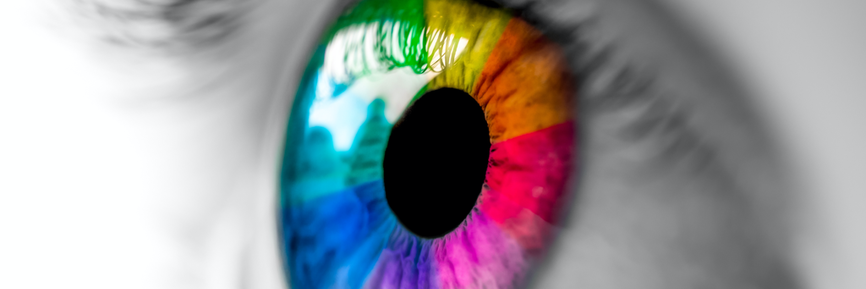


I'm a computational neuroscientist & software engineer. Colors, photos, brains, nature, science, software & chess, preferably all at the same time!
This profile is from a federated server and may be incomplete. Browse more on the original instance.


I'm a computational neuroscientist & software engineer. Colors, photos, brains, nature, science, software & chess, preferably all at the same time!
This profile is from a federated server and may be incomplete. Browse more on the original instance.